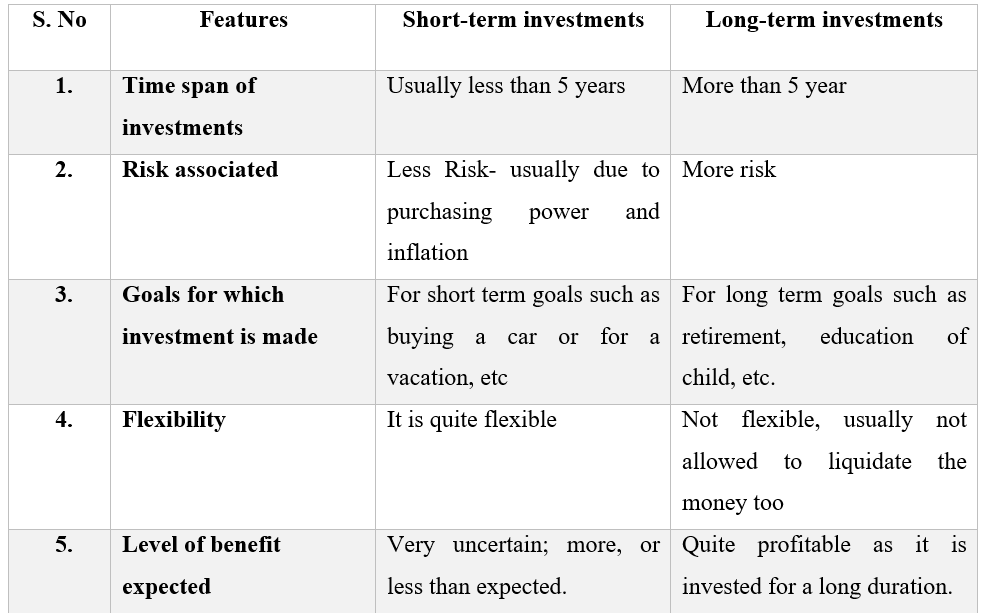
In the United States, a low-cost, low-carbon alternative to coal is a power plant that incorporates both gas and steam turbines to increase efficiency.

At high levels of use, renewables must be complemented with storage technologies such as pumped hydroelectric storage or batteries, or with a form of generation that can quickly fill the gap when the supply of wind or solar power falters. However, these estimates do not account for the intermittency of renewable energy generation-after all, the sun does not shine and wind does not blow all the time ( Joskow 2019). (This result can be applied outside the United States, because markets for most renewable technologies are global.) In fact, the cost of wind and solar may be even lower when implicit or explicit subsidies are included. The most striking takeaway is that renewable-energy technologies are among the least costly. These estimates are averages from the United States, and one should be cautious in applying them elsewhere. In many countries, policymakers will have to decide whether to close existing coal plants on the path toward decarbonization. The costs are expressed in relation to existing coal generation, which is a useful benchmark because coal is the most carbon-intensive fuel. My colleague James Stock and I estimated the unsubsidized costs of various technologies to reduce greenhouse gas emissions based on a review of recent economic literature and the Energy Information Administration’s Annual Energy Outlook 2018 ( Chart 1). Indeed, the cost of solar and wind generation has declined rapidly over the past decade, and the decline appears likely to continue. And estimates of such costs are changing every year. For instance, there could be interactions among policies, and the costs associated with technologies may vary by location and exactly how the technology is implemented. Of course, one must be cautious in interpreting results focused on an individual technology or policy in isolation. This method provides a useful way of comparing the costs of various ways of reducing emissions. The short-term cost of the mitigation would be $20 per ton. For example, suppose a government spends $20 million to promote the development of wind farms to generate electricity, reducing carbon dioxide emissions by 1 million tons. To calculate the short-term costs of mitigating greenhouse gas emissions, economists estimate the up-front costs and divide by the number of tons of carbon dioxide (or equivalent) emissions reduced. This insight suggests that the longer-term cost of mitigation may be lower than is widely assumed. However, some activities-especially those involving fledgling low-carbon technologies-that appear expensive in the short term may actually turn out to be low-cost approaches in the long term, because of induced innovation.

In the short term, there are some inexpensive ways to reduce emissions, but deeper cuts run up against quickly rising costs. How much would it cost to move beyond business as usual and come within striking distance of net-zero emissions by 2050? To answer this question, it’s important to distinguish between short- and long-term costs. Some activities that appear expensive in the short term may actually turn out to be low-cost approaches in the long term, because of induced innovation. Indeed, the US Energy Information Administration’s International Energy Outlook 2019 projects that fossil fuels will still generate 57 percent of electricity in 2050. That goal, which many countries have already embraced, will require a vast transformation of the energy sources used to power the global economy, and it would mean going far beyond business-as-usual technological progress. The challenge is taking on increasing urgency in the policy world as climate scientists argue that emission reductions must be rapid and deep, with a goal of reaching net zero by 2050, if not sooner ( Millar and others 2017). To do that, they must be able to compare the costs of various options, including renewable-energy sources and electric cars. The challenge for policymakers will be to decide how much to spend on measures to reduce greenhouse gas emissions. While the extent of the economic damage cannot be known for certain, strong evidence suggests it could be quite severe. The scientific consensus is clear: climate change is associated with increasingly frequent and intense natural disasters ranging from droughts and wildfires to hurricanes and coastal flooding.


 0 kommentar(er)
0 kommentar(er)
